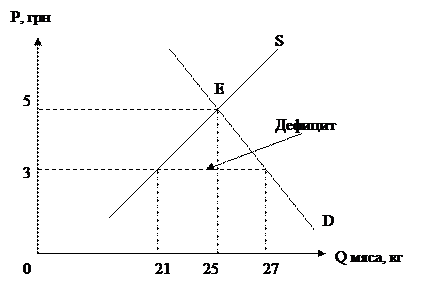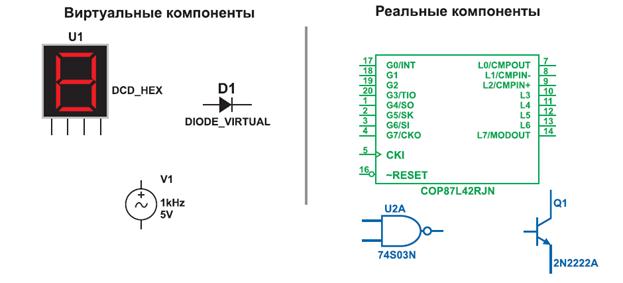Exercise 1. Which of the following choices: a), b), c) most
adequately sums up the ideas of the whole paragraph? Paragraph 1 the coral islands formation theory the coral islands formation problem the coral islands formation hypothesis Paragraph 2 Darwin’s scientific expedition the formation of coral islands the materials forming coral islands Paragraph 3 Darwin’s discovery Darwin’s observations coral islands structure Paragraph 4 forming a hypothesis collecting information Darwin’s hypothesis about the formation of coral islands Paragraph 5 the island-building process Darwin’s hypothesis about the formation of coral islands coral animals Exercise 2. Say whether these statements are true or false. Give your arguments.
In Darwin’s time there existed some hypotheses about the formation of coral islands. Darwin began to study coral islands when he sailed on a scientific expedition around the world. During the expedition the scientist collected a lot of information about coral islands. Based on careful observations Darwin formed a theory of the formation of coral islands. Coral animals play the main role in the formation of coral islands. To help solve the problem Darwin examined a lot of samples of island material. Since that time Darwin’s volcanic theory of coral islands has been proved by new facts and observations.
Exercise 3.Arrange the steps Darwin used in his scientific study according to their order in the text. The scientist studied the coral islands and obtained a lot of facts, samples and information. The scientist became curious about the problem of the formation of coral islands. Darwin formed a hypothesis. Darwin analyzed his observations.
Exercise 4. Read text C. Choose synonyms for the underlined words from the list given below the passage. Get ready to speak about: the career of a scientific translator, knowledge necessary to be a good scientific translator.
|




